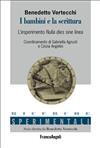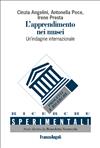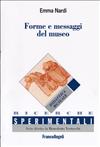
L'esperimento Nulla dies sine linea
Molti studenti incontrano una certa difficoltà nell’uso del linguaggio scritto. La crescente abitudine a usare mezzi digitali sembra difatti all’origine di una perdita della capacità di produrre i segni e di organizzarli per formare un testo. La ricerca ha voluto verificare se il passaggio dalla scrittura manuale a quella mediata da apparecchiature automatiche non comportasse perdite nella qualità delle operazioni mentali implicate e, di conseguenza, degli apprendimenti.
cod. 1326.1.19






